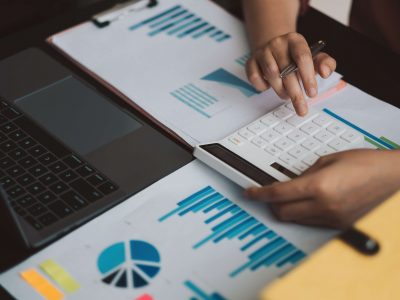
In other words, depreciation spreads out the cost of an asset over the years, allocating how much of the asset that has been used up in a year, until the asset is obsolete or no longer in use. Without depreciation, a company would incur the entire cost of an asset in the year of the purchase, which could negatively impact profitability. A contra account enables a company to report the original amount while also reporting the appropriate downward adjustment. You can estimate the total to record in the allowance for doubtful accounts based on uncollectible revenue totals from the previous year or you can conservatively estimate the amount.
Why Do We Amortize a Loan Instead of Depreciate a Loan?
That means that the same amount is expensed in each period over the asset’s useful life. Assets that are expensed using the amortization method typically don’t have any resale or salvage value. Accruing tax liabilities in accounting involves recognizing and recording taxes that a company owes but has not yet paid. This is important for accurate financial reporting and compliance with… The purpose of the Accumulated Depreciation account is to track the reduction in the value of the asset while preserving the historical cost of the asset. Subsequent years’ expenses will change based on the changing current book value.
Revenue Contra Account
Contra revenue accounts typically offset revenue accounts in a firm’s income statement. As mentioned, contra asset accounts usually have a negative the contra account used to record depreciation is depreciation value which is the same as a credit balance. That is to completely or partially offset the balance of their related asset accounts.
Video Explanation of Accumulated Depreciation
Natural resources are recorded on the company’s books like a fixed asset, at cost, with total costs including all expenses to acquire and prepare the resource for its intended use. It is difficult to determine an accurate fair value for long-lived assets. This is one reason US GAAP has not permitted the fair valuing of long-lived assets. The thought process behind the adjustments to fair value under IFRS is that fair value more accurately represents true value.

Is Accumulated Depreciation an Expense?
- A delivery van is purchased by a business to use in delivering product and picking up materials.
- It is not classified as a liability since it does not represent a future obligation.
- The offset to the Depreciation Expense account is Accumulated Depreciation.
- Contra accounts are used to reduce the value of the original account directly to keep financial accounting records clean.
- This first criterion means that the car will have a net value or book value of $0 once it is fully depreciated.
To accurately reflect the use of these assets, the cost of business assets can be expensed each year over the life of the asset. The expense amounts are then used as a tax deduction, reducing the tax liability of the business. After the 5-year period, if the company were to sell the asset, the account would need to be zeroed out because the asset is not relevant to the company anymore. Therefore, there would be a credit to the asset account, a debit to the accumulated depreciation account, and a gain or loss depending on the fair value of the asset and the amount received. A delivery van is purchased by a business to use in delivering product and picking up materials.
Contra Account Example: Allowance for Doubtful Accounts

Allowance for doubtful accounts (ADA) is a contra asset account used to create an allowance for customers who are not expected to pay the money owed for purchased goods or services. The allowance for doubtful accounts appears on the balance sheet and reduces the amount of receivables. Depreciation is the expensing of a fixed asset over its useful life. Some examples of fixed or tangible assets that are commonly depreciated include buildings, equipment, office furniture, vehicles, and machinery.




Comment closed!